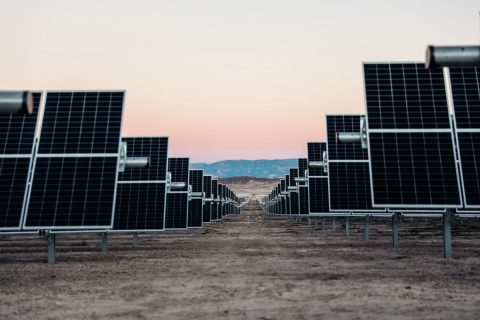Alaska geologist Mark Myers believes naturally occurring hydrogen deposits could provide a clean energy source for the state. These deposits could potentially fuel a new industry. Myers has gained extensive experience in Alaska’s oil and gas sector and government agencies. He now focuses on finding these hydrogen reserves to help address climate change concerns.

Inspiration from African Hydrogen Well
A well drilled in Mali that produces enough hydrogen to power a village’s electric plant piqued Myers’ interest. He hopes to find similar hydrogen deposits in Alaska within metamorphic serpentinite rock, commonly found in subduction zones. The key question is how much hydrogen is created and preserved in these formations.
Transitioning Alaska to Clean Energy
As a longtime player in Alaska’s oil industry and government, Myers recognizes the need to transition away from fossil fuels. This transition is necessary to mitigate climate change. He sees hydrogen as a potential energy source for electricity generation, the power industry, and transportation fuels. Hydrogen could play a crucial role in a post-fossil fuel world.
Exploring Naturally Occurring Hydrogen Reserves

Much research has focused on producing green hydrogen from water using clean electricity. However, naturally occurring hydrogen reservoirs could provide a cheaper alternative. The U.S. Geological Survey has developed a model that suggests these reservoirs exist in various locations. Exploration efforts are underway in the U.S. and other countries to find these reserves.
Mapping Potential Hydrogen Reserves
The U.S. Geological Survey is currently mapping areas in the continental U.S. most likely to contain hydrogen. The Great Plains and Atlantic coastal plain are showing promise. Myers advocates for a similar model to guide hydrogen exploration in Alaska.
Next Steps for Alaskan Hydrogen Exploration
To advance the search for hydrogen in Alaska, Myers and U.S. Geological Survey research geologist Geoffrey Ellis will:

- Pinpoint potential locations: They will participate in a hydrogen workshop in Fairbanks to identify promising areas for exploration.
- Conduct geological fieldwork: Once they identify potential sites, they will perform basic geological fieldwork. This fieldwork will assess the rocks and determine the likelihood of hydrogen presence.
- Develop exploration strategies: Based on the fieldwork results, they will develop specific exploration strategies and techniques. These strategies will confirm the presence and extent of hydrogen reserves.
- Secure funding and resources: They will seek adequate funding and resources to support the exploration efforts. Funding will also be necessary for the potential development of hydrogen infrastructure.
The Potential Impact of Hydrogen Energy
Tapping even a small fraction of these hydrogen reserves could provide a significant new source of carbon-free energy. Challenges remain in locating and extracting these resources. However, the potential for naturally occurring hydrogen to contribute to a clean energy future is promising.
Read More: UK Government Pledges £22bn for Carbon Capture Projects













